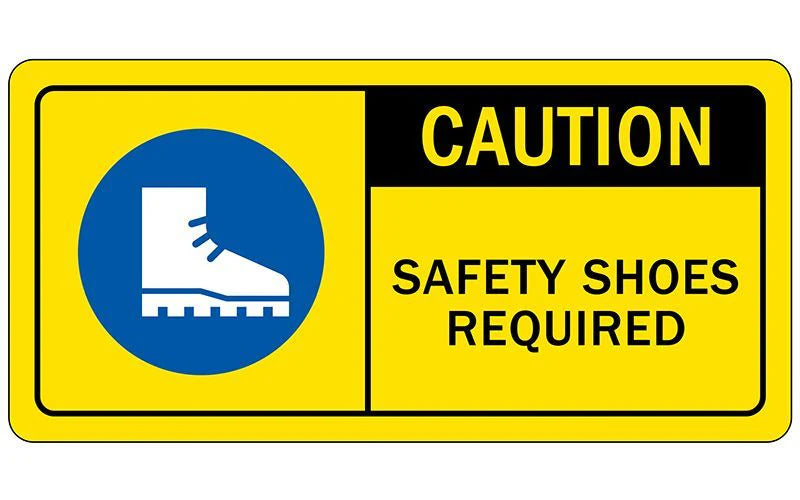
Composite, Alloy or Steel Toe Boots: Which is Best?
|
|
Time to read 4 min
 You are being redirected to QC Supply Pharmacy, where you’ll find a wide selection of high-quality prescription and pharmaceutical products for animals of all sizes.
Enjoy the same great service and expertise you trust from QC Supply.
Click below to continue shopping.
Continue
No thanks, stay on the main site
Powered by
You are being redirected to QC Supply Pharmacy, where you’ll find a wide selection of high-quality prescription and pharmaceutical products for animals of all sizes.
Enjoy the same great service and expertise you trust from QC Supply.
Click below to continue shopping.
Continue
No thanks, stay on the main site
Powered by


|
|
Time to read 4 min
Many people in different fields have jobs that require safety-toe shoes. Do you know the difference between Composite Toe, Steel Toe, and Safety (Alloy) Toe boots? Do you know what your job requires? When you think of safety toe boots, steel toe boots come to mind. Innovations in the protective footwear industry have expanded the definition of what safety toe boots are past steel toe, and even beyond just boots.
Shop our selection of steel-toe boots here.
Let's start with the classic, the original safety boot, the steel toe shoe. More than 80 years ago, steel-toe boots were introduced as a safety standard for construction, manufacturing, and material transportation workers. While they offer the most toe protection and are less costly to manufacture, they tend to be heavier than other safety materials and can dent. While the toe is thinner compared to composite boots, steel conducts electricity, making them less than ideal for those working in the electrical field.
Shop our selection of composite-toe boots here.
Designed to be a lighter counterpart to steel toe footwear, the composite toe boot has become popular among individuals who spend extended periods outdoors. The toe cap on these boots is both lightweight and more comfortable, all while meeting the CSA safety requirements as a steel toe shoe. Composite toe caps are often made from a combination of non-metal materials like Kevlar, carbon fiber, plastic, or fiberglass. Since these boots have no metal, they're perfect for people who work in places where you have to go through a metal detector constantly. They also offer superior electrical resistance, making them a popular choice for electricians and engineers.
In some ways, the answer to that question is yes. Both types offer many of the same features, but safety toe boots are generally made from lighter materials than steel-toe boots. They work better in hybrid shoes like work sneakers. Non-steel safety toe boots or shoes outperform their steel counterparts in extreme heat or cold. Make sure you check with your job site's requirements, as some require a steel toe cap vs other materials like alloy, composite, or other materials.
Footwear standards are included in the personal protective equipment section of the U.S. Office of Occupational Safety and Health Administration's (OSHA) guidelines. OSHA's guidelines for impact and compression follow the standards developed by ASTM International, an international organization that develops and publishes safety standards. Each job site or industry has different requirements based on specific job roles. If you are not sure what type of safety toe boot you need, check with your employer.
If your job exposes you to possible foot or leg injuries from falling or rolling objects or from crushing or penetrating materials, you should wear protective footwear. If your feet may be exposed to electrical hazards, non-conductive footwear should be worn. On the other hand, workplace exposure to static electricity may necessitate the use of conductive footwear.
Per OSHA: "Protective footwear must comply with any of the following consensus standards; ASTM F-2412-2005, “Standard Test Methods for Foot Protection,” and ASTM F-2413-2005, “Standard Specification for Performance Requirements for Protective Footwear”, ANSI Z41-1999, “American National Standard for Personal Protection - Protective Footwear”, or ANSI Z41-1991, “American National Standard for Personal Protection - Protective Footwear”, or provide equivalent protection. All ANSI-approved footwear has a protective toe OCCUPATIONAL SAFETY AND HEALTH ADMINISTRATION 2 0 and offers impact and compression protection, but the type and amount of protection are not always the same. Different footwear protects in different ways. Check the product’s labeling or consult the manufacturer to make sure the footwear will protect the user from the hazards they face."
As with all protective equipment, safety footwear should be inspected before every use. Check for wear and tear at reasonable intervals. This includes looking for cracks or holes, separation of materials, and broken buckles or laces. Check the soles of your shoes for pieces of metal or other embedded material that could cause electrical or tripping hazards. Follow manufacturer recommendations for cleaning and maintenance of protective footwear.
At QC Supply, we take safety seriously and offer a variety of safety toe boots in a variety of styles and toe cap materials. We offer the brands you know and trust, like Dryshod, Tingley, Bekina, and more. Shop our entire selection of safety boots here.
Do you have any tips on picking the right brand of safety boots? Or the perfect style for an outdoor job? How about what toe cap material best suits your job? Let us know below in the comments section!

